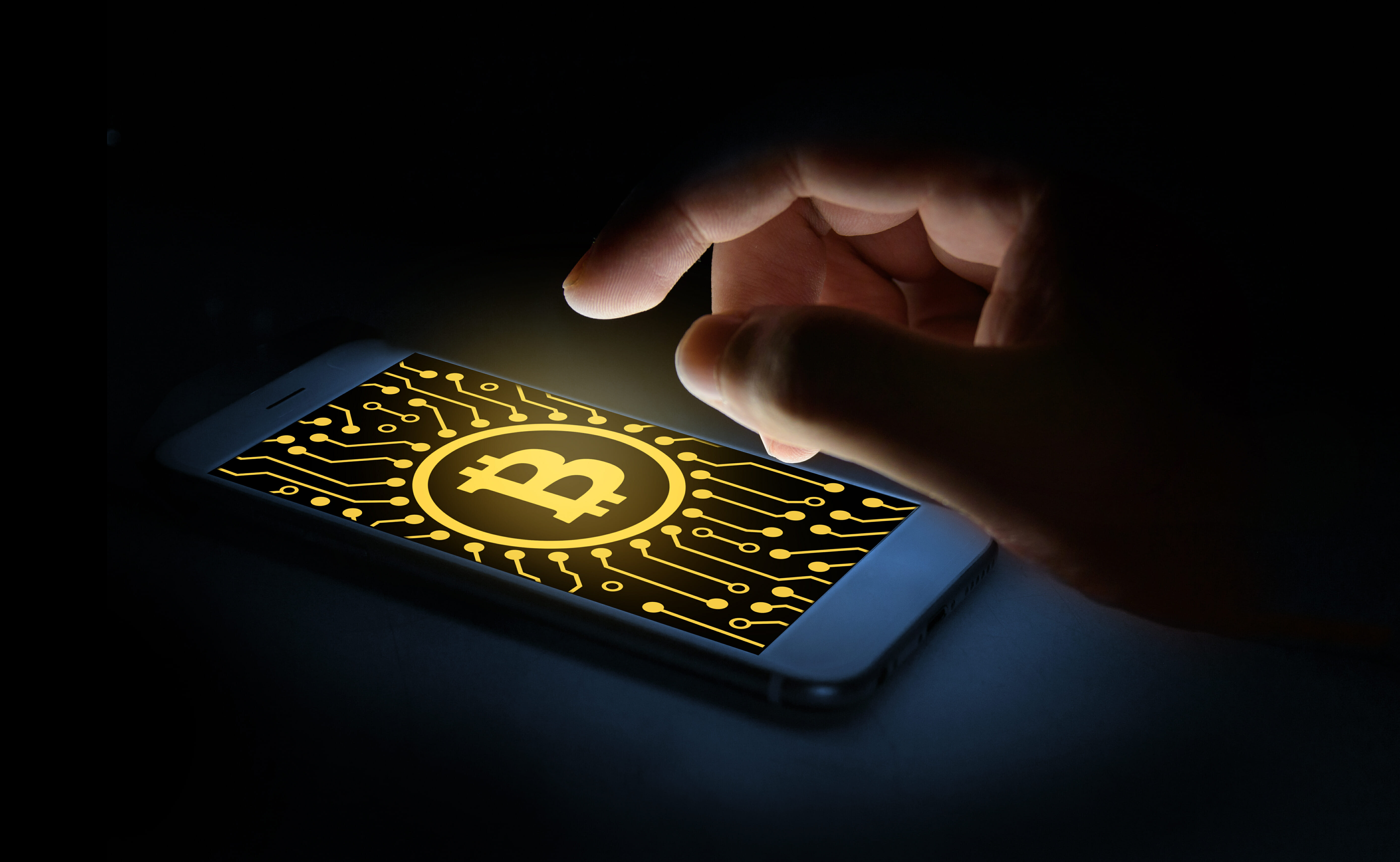Seven Points to Understand the Impact of Mt.Gox’s 140,000 Bitcoin Payout
140,000 BTC and the same amount of BCH will be distributed to those affected by the theft of funds that this platform experienced in 2014.
Last June 24, the crypto market was rocked by the news that the defunct exchange Mt. Gox had announced the start of bitcoin and bitcoin cash refunds. This news was strong enough to trigger selling pressure on bitcoin, driving it to levels below $60,000.
It is pertinent to ask how much selling pressure such a payout could have on prices. Also, how will such BTCs be distributed, how much will they receive, etc.? These points will be addressed below.
1. The Excitement Caused by the Refund
For many years, the return of funds from Mt. Gox has been widely expected and the news about it has been widely reported in the media. Thus, such news generates enough media hype to raise concerns beyond the actual impact it might have.
Regarding the amount of Bitcoin to be distributed, it represents 0.72% of BTC in circulation, worth about $8.5 billion.
2. The Refund Process Had Already Started
In December last year, Japanese Mt. Gox users reported payments in yen and via PayPal. One of the beneficiaries was bitFlyer founder Yuzo Kana. However, this will be the first time after 10 years of the Mt.Gox hack that those affected will receive compensation in BTC.
3. Amount to be Received by Affected Parties
To calculate a rough estimate, it is worth noting that then exchange lost about 650,000 bitcoin in 2014 and currently has 140,000 BTC. This is 21.5% of these lost funds. This means that for each bitcoin each user had, he will receive 0.215 BTC. So if a user had 100 BTC, they should receive 21.5 BTC.
Although the calculation is based on the original claims and the price of BTC at the time of the bankruptcy in April 2014, which was set at 50,058.12 Japanese yen (approximately $314 USD at the current exchange rate) per BTC. However, given the large increase in the price of bitcoin since then, the fiat currency value of this refund will be significantly higher than the original value in 2014.
4. Repayment Delivery Date
Nobuaki Kobayashi’s latest announcement made on June 24 reports that payments will begin in July 2024. This process could last until October, according to past announcements.
5. Form of Repayment Delivery
Creditors registered their payment addresses in early 2024. Also that the payment will be made through several exchanges, specifically: Kraken, Bitstamp, BitGo and other unspecified exchanges. In addition, some creditors have opted to accept repayment in fiat currency. Creditors will receive both BTC and BCH, as Mt. Gox holds similar amounts of both cryptocurrencies.
6. Change in the Debt Structure since 2014
Since then, there have been many changes, as large institutions have purchased debt claims. According to the research director of Galaxy, it is estimated that about 20,000 BTC claims were purchased by specialized bankruptcy funds.
7. Selling Pressure on Bitcoin Due to Such Repayment
Obviously, it depends on the attitude of creditors after receiving the repayment. Several analysts predict that a strong selling pressure will not arise. It is likely that much of the selling pressure has already been discounted due to the media hype.
All in all, the Mt. Gox refund, while significant, may not have the catastrophic impact some fear. Media attention, institutional participation, partial repayment, payment in multiple cryptocurrencies, and market expectations suggest moderate selling pressure.
By Leonardo Perez
